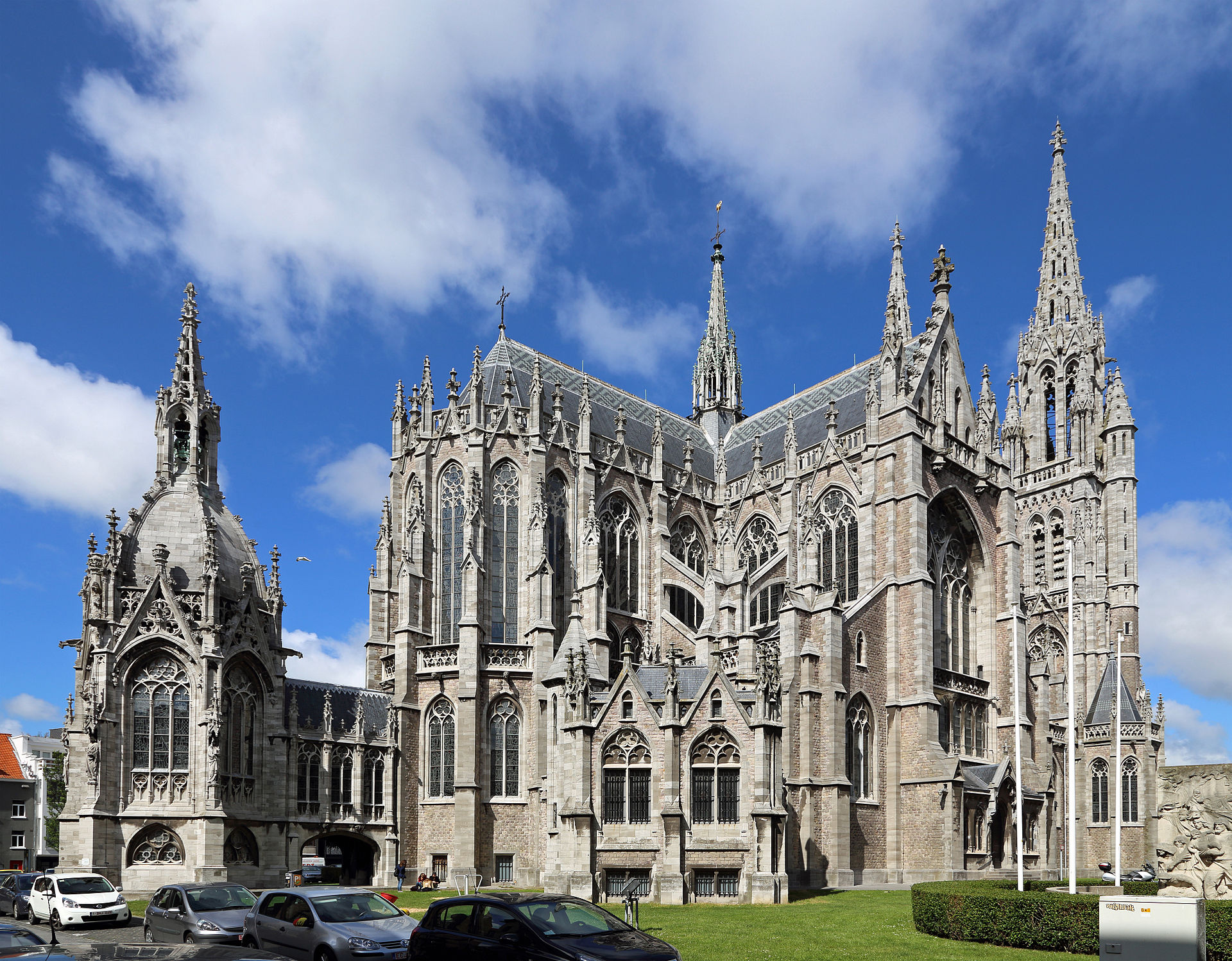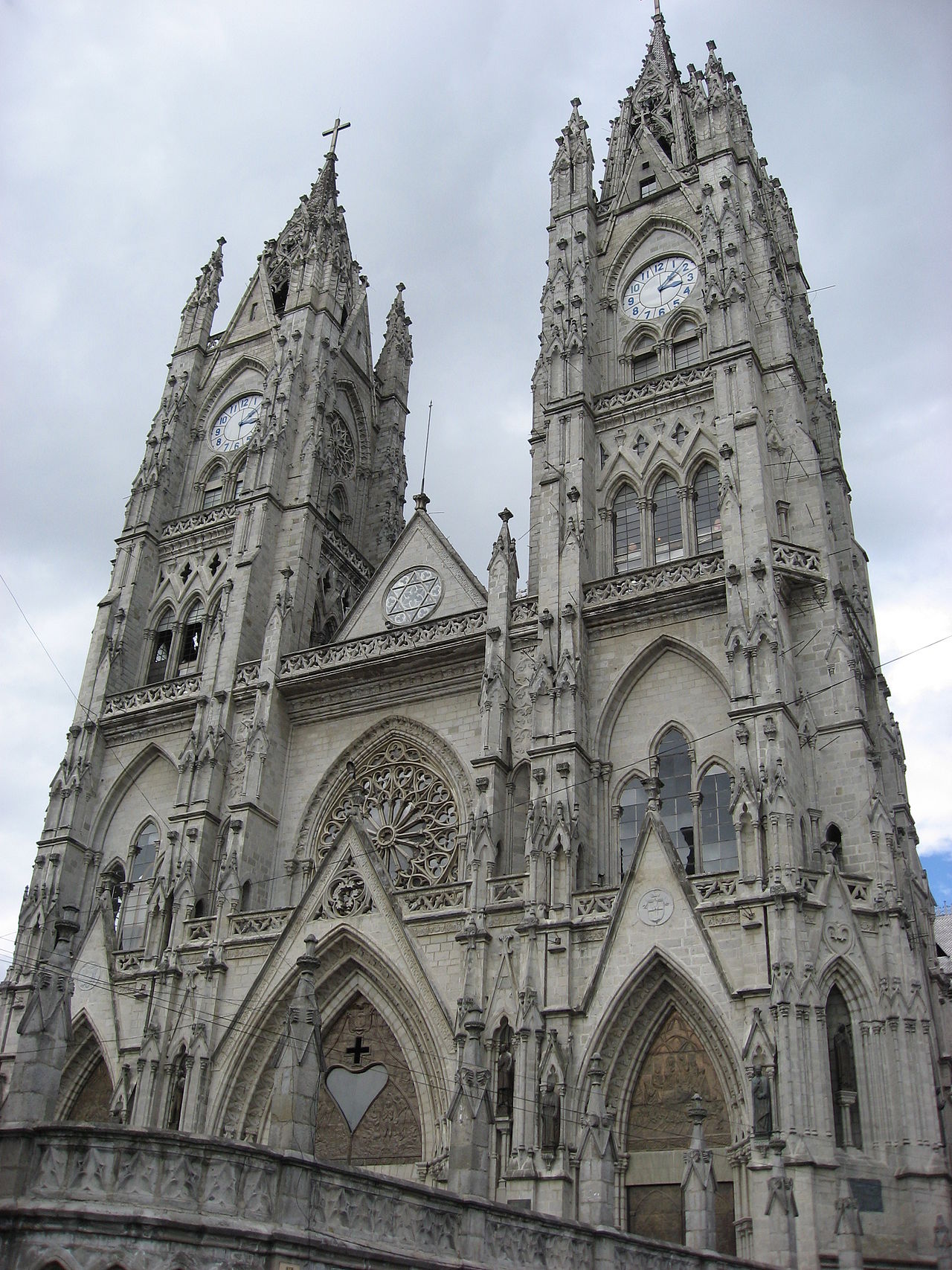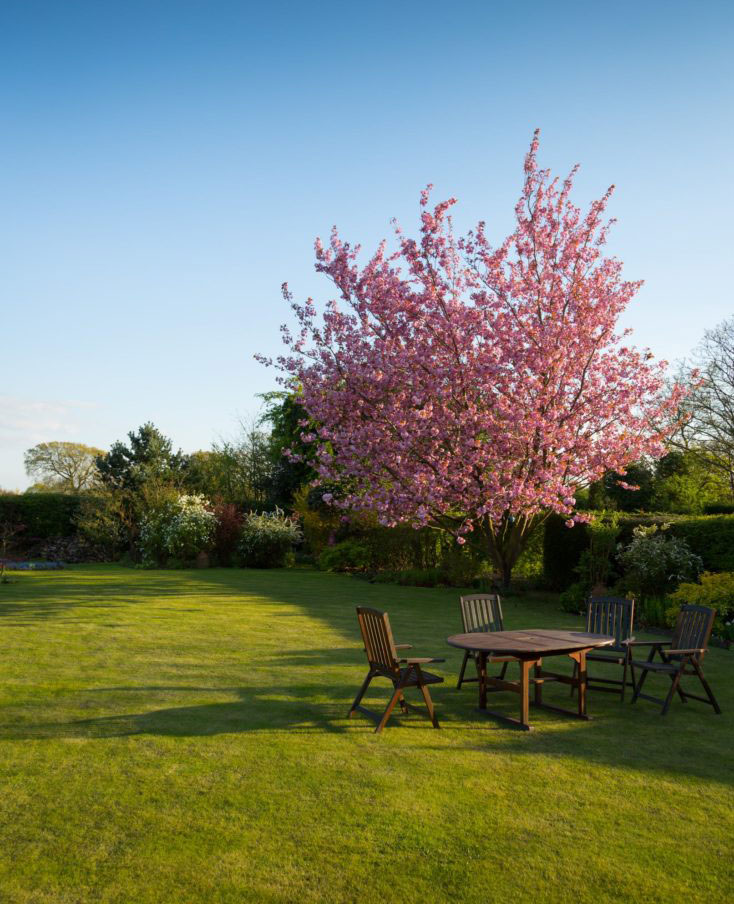A Guide to Neo-Gothic Architecture: What Is It and How Does It Differ From Traditional Gothic Architecture?

If you’re a fan of Gothic architecture, then you’ll love neo-Gothic style! This newer trend in Gothic architecture is gaining popularity all over the world, and for good reason. It’s a beautiful style that offers a unique twist on traditional Gothic design. In this guide, we’ll discuss what neo-Gothic architecture is, how it differs from traditional Gothic design, and some famous examples of neo-Gothic buildings. We’ll also explore why people love this style of architecture so much and look at some predictions for the future of neo-Gothic design. So if you’re interested in learning more about this fascinating topic, keep reading!
Neo-Gothic architecture is a style of building design that has its roots in the original Gothic period. It was popularized during Victorian times and continues to be used today, though not as much as it once was. The main difference between neo-Gothic buildings and traditional Gothic structures is their size: Neo-gothic structures tend to be larger than older designs because they incorporate more natural materials like stone or brick into their construction instead of relying solely on woodwork for support.”
Basílica del Voto Nacional in Quito, Ecuador is a beautiful example of neo-Gothic architecture. It was completed in 1885 and is made entirely of granite stone. The church features intricate carvings and Gothic arches, as well as a steeple that reaches high into the sky. This stunning building is definitely worth a visit if you’re ever in Quito!
People love neo-Gothic architecture because it offers an elegant and refined take on traditional Gothic design. It’s often characterized by its use of natural materials like stone or brick, which gives the buildings a more substantial look than older Gothic designs. Additionally, neo-Gothic structures are often very large, making them impressive sights to behold.”
The future of neo-Gothic architecture looks bright! It’s a style that continues to be popular today, and new trends are emerging all the time. One such trend is incorporating green elements into buildings like solar panels or rainwater collection systems for sustainable energy use. This type of design could help reduce our carbon footprint while also making beautiful structures even more aesthetically pleasing by blending them seamlessly with nature.”

The difference between Neo-Gothic and Gothic architecture
On the other hand, Gothic architecture is one of the most stunning and unique styles in all of history. If you’re interested in learning more about this incredible style, you’ve come to the right place! In this comprehensive guide, we’ll discuss everything you need to know about Gothic architecture.
Gothic architecture is a style that originated in France and was popular during the 12th to 16th centuries. It’s characterized by pointed arches, ribbed vaults, large windows with stained glass, flying buttresses (which are stone arches used for support), ornate decoration on buildings like gargoyles or statues of saints, and more.
The name of this style comes from the Goths who invaded Rome in 410 AD, destroying many monuments such as St Peter’s Basilica or Palatine Hill where there are still remains today like tombs called “tuff” which were made with tufa stone mixed lime mortar to make them look like marble sculptures by using a technique called “pseudo porphyry” which means fake purple.
Gothic architecture is characterized by pointed arches, ribbed vaults, large windows with stained glass; flying buttresses (stone arches used for support); ornate decoration on buildings like gargoyles or statues of saints; and more. Its name comes from the Goths who invaded Rome in 410 AD destroying many monuments such as St Peter’s Basilica or Palatine Hill where there are still remains today like tombs called tuff which were made with lime mortar mixed stone to make them look like marble sculptures by using a technique called pseudo porphyry meaning fake purple.”
Both gothic and neo-gothic buildings used to be extremely popular but these days people are more into eco and environmental architecture.
